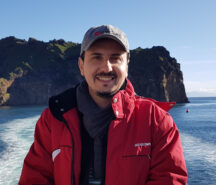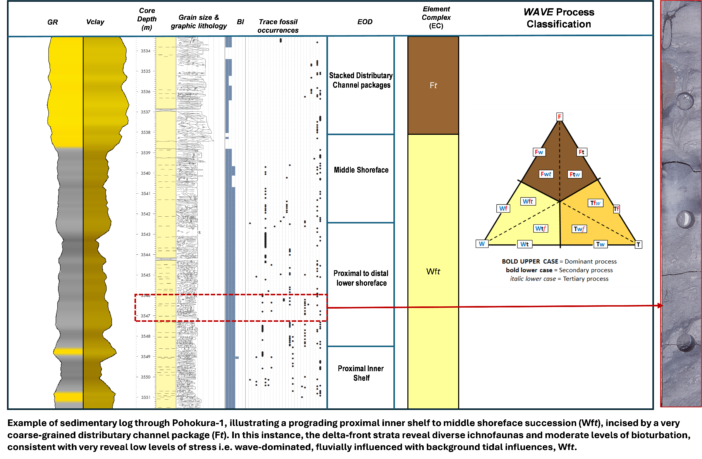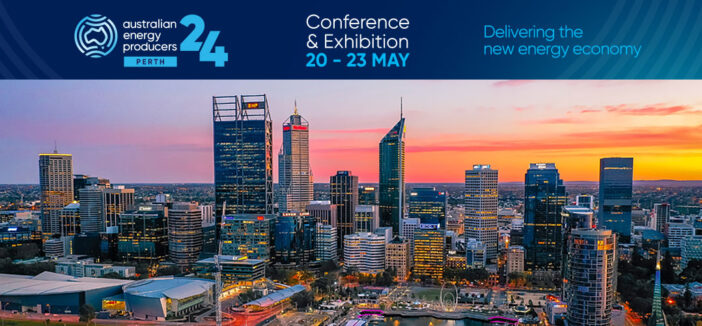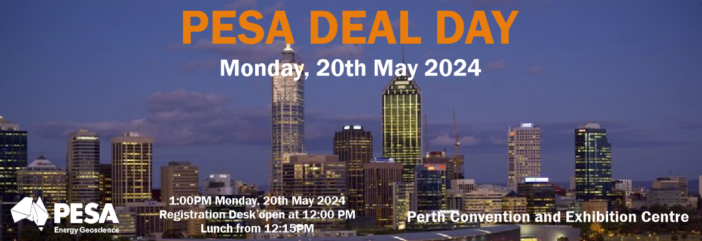
- This event has passed.
LIVE WEBINAR – Towards a Digital Twin of Earth – Insights from Numerical Models of Tectonics, Paleogeography and Landscape Evolution
Tuesday, 4 May, 2021 @ 11:00 am - 12:00 pm (Australia/Perth time)
Free – $10.00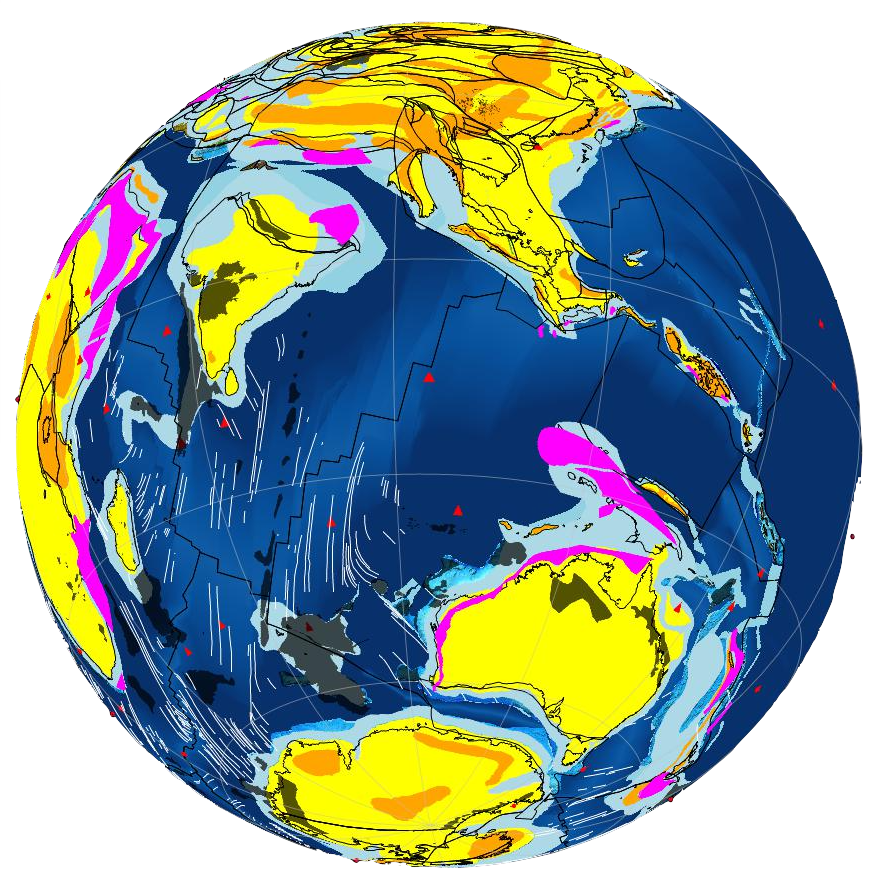
Kindly supported by Rock Flow dynamics 
This live webinar will take place at:
11am – Perth
12.30pm – Darwin, Adelaide
1pm – Brisbane, Canberra, Hobart, Melbourne, Sydney
Use the calendar link on this page to add this event in to your own calendar at the correct local time for your location.
Tickets are free for members (please log in to see this) and $10 for non members.
Please buy your tickets and immediately follow the link in the ticket e-mail (not the calendar invite or this webpage, which is just generic and not event specific) to set up your registration with the webinar software well in advance of the time of the talk. Once registered with the webinar software you will receive a reminder e-mail 1 hour beforehand.
Towards a Digitial Twin of Earth – Insights from Numerical Models of Tectonics, Paleogeography and Landscape Evolution
Presented by Dr Sabin Zahirovic
Abstract
The collection of geological and geophysical data is costly, and numerical approaches that reveal additional insights are opportunities in value-adding to decades of data collection. We build numerical Earth models (mantle convection, plate tectonics, paleogeography, and landscape evolution) to explore the interaction between active geology, the hydrosphere-atmosphere system, and even the biosphere (e.g., carbonate platforms) on geological timescales. We have used these numerical models to better understand the role of eustasy, mantle-driven dynamic topography, lithospheric flexure, and climate in complex regions such as Southeast Asia, the northern Atlantic, Alaska, and the Nile delta. The models provide an important insight into the relative influence of mechanisms controlling basin evolution and source-to-sink systems. In this talk I will cover our work in building new community plate tectonic reconstructions in the Australian and Asian regions, and cover several case studies where the numerical models have provided new insights on the chronology and mechanisms controlling basin evolution.

